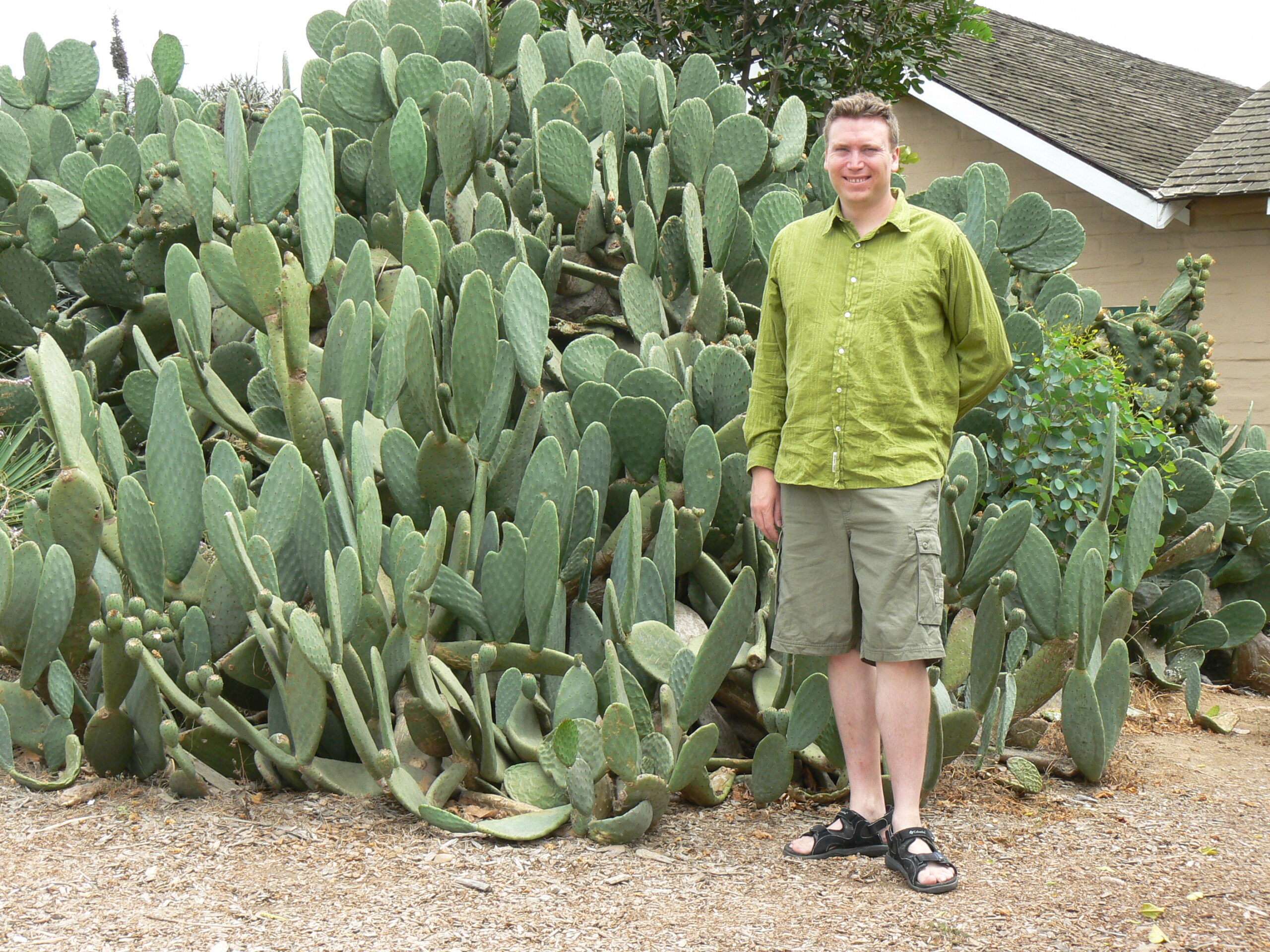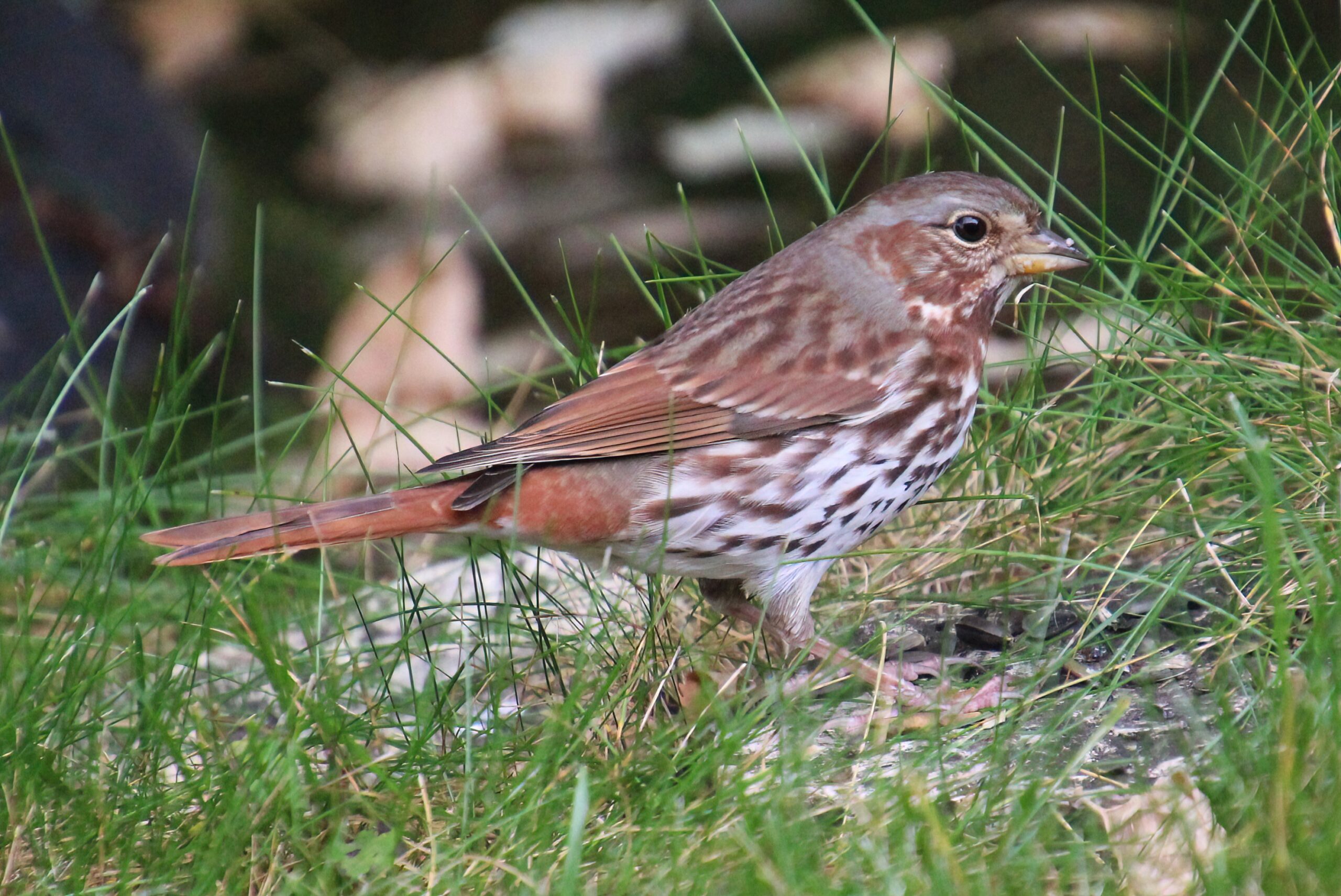January is often known as the month of ridiculously cold weather, cars that refuse to start, and boredom bordering on depression. Short daylight hours seem to exacerbate any inane thoughts we’ve had for the day, and the prevailing wind just keeps blowing that irritating viral cough around the family, with everyone in the house sounding like rusty chainsaws in their sleep. Well take heart, January is also a month for anticipating warm weather to come, leafing through gardening catalogues, scouring landscaping websites, and starting garden seeds indoors!
What to Seed Jan 15-31
When discussing the calendar year in horticultural circles, growers refer to time not as days and months but rather as the numbered weeks; the first day of the week is Monday and the last day of the week is Sunday. For 2012, week 1 was January 02-08 inclusive; our current week is number 4 (January 23-29 inclusive.) You can find a complete listing of the numerated weeks of this year at: www.epochconverter.com. Typically, the plants to seed from weeks 2-5 are those that require an extended period of growing time to reach maturity. Beefsteak-style tomatoes, peppers, summer squash, eggplant, herbs, tropicals, wax begonias, and most perennial plants are best seeded at this time in order to be adequately mature for placement in the garden in late May (and where applicable, accordingly produce fruit in the summer months.)
What to Seed Feb 01-15
With longer daylight hours, seeding in weeks 5 through 7 (the first half February) is generally easier than in January, as with the longer days also comes a general increase in ambient room temperature in our homes (i.e. less reliance on our furnaces.) Varieties to seed in this time period are longer annual crops such as petunias, French marigolds, snapdragons, salvia, impatiens, and dusty miller. Veggies and fruit such as brussel sprouts, watermelon, field-style tomatoes, strawberries, cantaloupe, cauliflower, and pumpkins all require an early, indoor seeding to have enough growing time to reach maturity and fruition in our limited growing season. If you weren’t able to find the time to seed large-fruiting tomatoes, peppers, etc. in January, seed them now…hopefully Mother Nature will cooperate and give us a bit of a later fall.
Seeding – Best Practices
As a greenhouse grower, I can tell you I have tried it all when it comes to seeding methodology, soil mixtures, container choices, and irrigation techniques. While there may admittedly be several ways to skin the proverbial cat, I have found a few constants that need to be adhered to in order to produce the healthiest, most compact plant starts.
Cleanliness – Always make sure your tools and containers are clean. Purchasing new containers is often the route chosen for smaller ventures, while cleaning existing equipment is preferable for larger projects. As a general rule of thumb, soaking seeding containers and equipment for 10 min in a cleaning solution of 10% bleach to 90% water, followed by a 30 minute air-drying period is adequate to kill insects and pathogens on plastic and ceramic containers. If your seeding tools (i.e. trowel, dibbler, water wand, fogging nozzles, etc.) have been treated with oil, you may need to heat the cleaning solution up before soaking. Always be sure to re-oil any tool requiring lubrication prior to use.
Fresh Seed – Don’t torture yourself by trying to germinate seeds that are duds. While the seeds of some plant varieties are excellent at retaining their inner moisture for decades or even centuries, most seeds will dry out in a period of a few months if they are not kept in an adequately humid environment. Our dry prairie air literally sucks the moisture out of seed interiors. For the minimal price of a pack of fresh seeds, it is well worth your time and money to purchase fresh each year. You should always ask the vendor (from whom you are purchasing seed) if the seed has come in recently; most garden centers get rid of old seed and restock fresh seed twice each year, while various chain stores keep the same seed over from year to year.
Soil Less Media – Quite simply, the easiest and best material to seed into is what is referred to as “soil less mix.” As the name suggests, this product contains no topsoil, otherwise known as “dirt”. Rather, soil less potting media contains peat moss, corn and/or coconut fibres, perlite and/or vermiculite, and often miccorhizal fungus. It looks and feels very similar to regular potting soil. The great big advantage to using soil less media, and the reason that the very vast majority of greenhouse growers use it, is because it is less prone to pathogens, soil temperature and porosity is easier to maintain, it drains better, and soil PH is easier to regulate.
Misters and Tray Covers – When horticulturists talk about starting plants from seed, there are several different stages of seedling development upon which discussion is focused. The two stages that are most important for the hobby gardener are radical emergence and true leaf emergence. Radical emergence is the highly visible stage of germination, when the seed coat breaks and a shoot appears from within. True leaf emergence is when the seedling develops its second set of leaves (the initial set are not true leaves; they are called seed leaves.) The development of each stage is highly dependent upon appropriate moisture levels around the seed coat and developing root system. Not enough moisture will result in lack of germination, stunting, or death of a seedling. Too much moisture (and accordingly not enough air) will result in seed coat rot, fatal chlorosis of seedling, and damping off. The best way to keep your seeds and seedlings watered until they develop their second set of leaves is to water (i.e. with a watering can) infrequently (once every couple of days) and mist frequently (a couple times each day.) Covering the seeding tray with a clear dome is also a best practice, as it keeps the relative humidity high around the seeds/seedlings.
Light and Heat – Plant seeds require differing levels of light to germinate; always consult the seed pack to confirm for each variety you are seeding. If the seeding instructions say to leave seed uncovered, simply sprinkle seeds on soil less media. If the seeding instructions say to cover seed, sprinkle seed on soil less mix and then use a fine layer of vermiculite or perlite to cover the entire soil of the seeding tray. Once seeds have germinated, all plants will require light, either artificially or naturally. Most seeds will germinate at indoor room temperature (18-21 degrees Celsius.)
Starting your garden from scratch is a great boredom buster and a tradition that has been carried out by civilizations over the ages. While contemporary society has gotten increasingly away from our rural roots, there is nonetheless a magic about starting your own plants that is intoxicating and rewarding. Why not invest a little time and effort and give it a try this season? You may be pleasantly surprised at how easy and fun it is!






